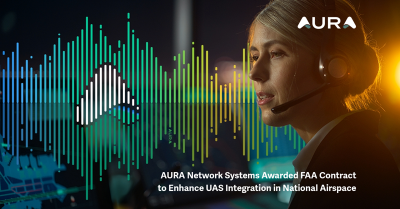On July 26th the Federal Aviation Administration (FAA) announced that more than 100,000 people have obtained a Remote Pilot Certificate to fly a drone for commercial and recreational uses (not qualifying as “model aircraft”). The number is calculated based on the number of applicants who have successfully completed the UAS aeronautical test since the small drone rule went into effect on August 29, 2016.
In a recent conversation with the owner of a flying school in Conroe, TX, we were told that the number of applicants for Part 107 pilot certificates exceeds the number of new private pilot (manned aircraft) by a margin of two to one. The biggest difference between Part 107 and a private certificate is the fact that drone pilots are not required to actually manipulate the controls of the aircraft. They simply must make sure all regulations are complied with and make sure the flight is safe.Under Part 107, the person actually manipulating the controls of an unmanned aircraft system or UAS must have a Remote Pilot Certificate or be directly supervised by someone with such a certificate. The majority of drone pilots get certified by studying the concise online materials and then passing an initial aeronautical knowledge test at an FAA-approved knowledge testing center. So far the exam success rate is 92 percent.If you already have a Part 61 pilot certificate, and have completed a flight review in the previous 24 months, you have the option to take a small UAS online training course provided by the FAA to obtain your certificate.It’s important to remember that a Remote Pilot Certificate is valid for two years from the date of issue. Anyone who earned their certificate at the end of August or in September 2016 should review the certification renewal requirements and prepare to take recurrent training or testing. You can find all the information you need to renew your certificate on the FAA website.A large number of these 100,000 Part 107 certificate holders are pilots of manned aircraft and that ensures that both groups are using a common language and the foundation is already laid for a safe integration of manned and unmanned aircraft in controlled airspace.Subscribe
The information you submit will be stored and used to communicate with you about your interest in Commercial UAV News. To understand more about how we use and store information, please refer to our privacy policy.
August 7, 2018
FAA Remote Pilot Certification Reaches an Important Milestone















Comments